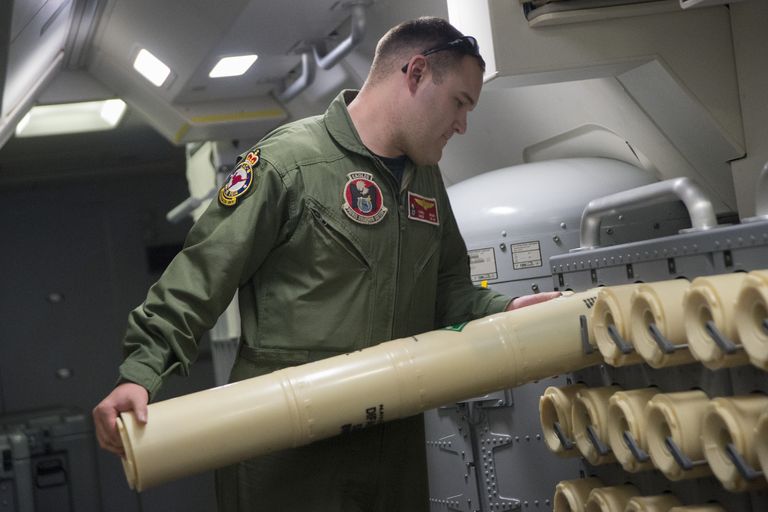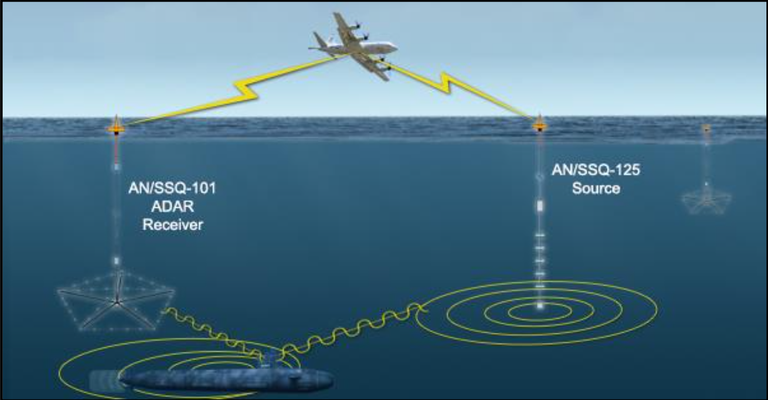In the already heated arms race across the globe, sub-hunting has again made a place for itself. The rise of the Chinese naval prowess and the Russian naval fleet’s upgradation have been key factors in the resurfacing of anti-submarine warfare or ASW. As a result, navies worldwide now want to be on their toes against any such threat, including the US Navy.
The US navy is already afoot to keep the emerging threat at bay by sealing a deal with Lockheed Martin’s Rotary and Mission Systems division in Manassas, Virginia, and ERAPSCO, a Columbia City, Indiana-based manufacturer of Navy sonobuoys and transducers. The deal will see 18000 AN/SSQ-125 sonobuoys form part of the US Navy. It would cost around 222.3 million USD.
The key feature in these Sans sonobuoys is that they don’t rely on visual or radar detection. Instead, they would detect the enemy subs using sound detection and ambush them at close range; this makes them so effective. In addition, the opacity of the world’s oceans and the capability of the modern submarine to operate while fully submerged make them a formidable foe to counter. However, with sound detection in place, roaming around in hostile waters will get tricky.
The active sonar system used in these sonobuoys operates on the boomerang mechanisms. It’s simple, the sonobuoys let out a wave that travels through the water, and when it detects something en route, it moves back to the source of the wave. It provides the sub-hunters with important information such as distance based on the time the wave took to come back and the enemy subs’ direction. Sub-hunting can be done via aircraft, but they are disabled because they travel over water and not through it, making it difficult for their sonar radars to identify any subs.

Sonobuoys are imperative in this regard; they deploy themselves on the water’s surface and release floating transmitters, which then sonobuoy unfold a five-sided array of 40 underwater microphones (known as hydrophones). This is how it makes the difference in naval warfare, by making a listening post over water and relaying all the information it detects to neary friendly airplanes and ships which can subsequently plan their course of action based on the knowledge received. ASW or the sub-hunters would conventionally drop a number of AN/SSQ-101s in a bid that the data extracted would help in surrounding the hostile submarines if any. The newer AN/SSQ-125 replaces explosive charges with electronically generated sound; it replaces the -110A.

Newer ADAR is now letting go of explosive charges for an “electronically produced active acoustic wave,” but the idea behind the mechanism remains the same. ASW is now becoming an even stealthier and technologically updated form of warfare. Still, amidst all this stealth and technology, a little noise must be made to find the silent/ hidden and camouflaged threat in the ocean’s depth.


